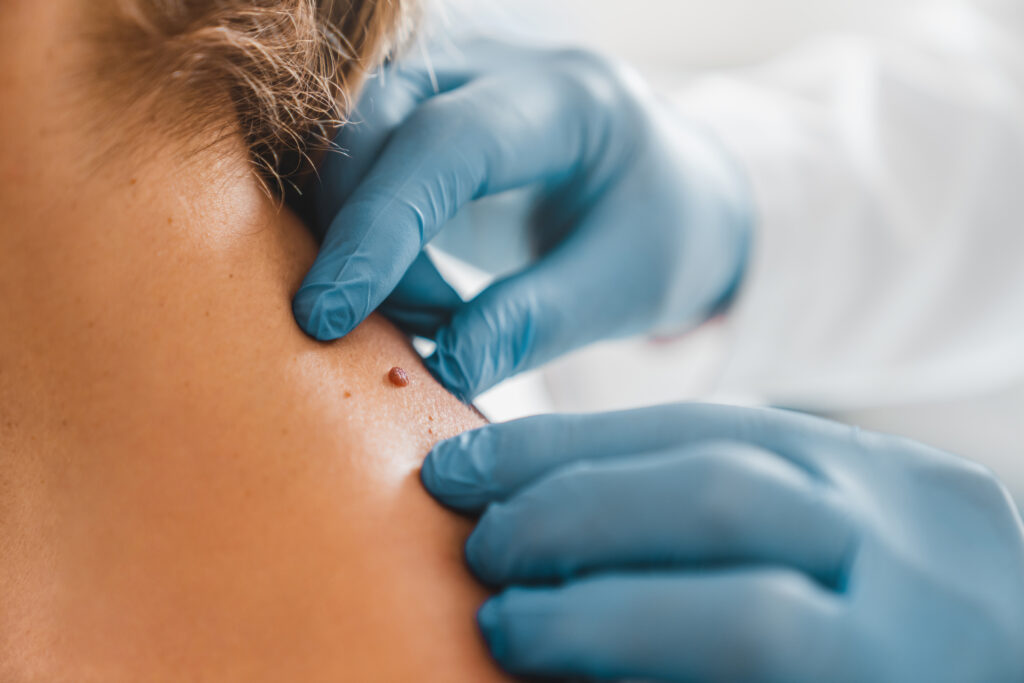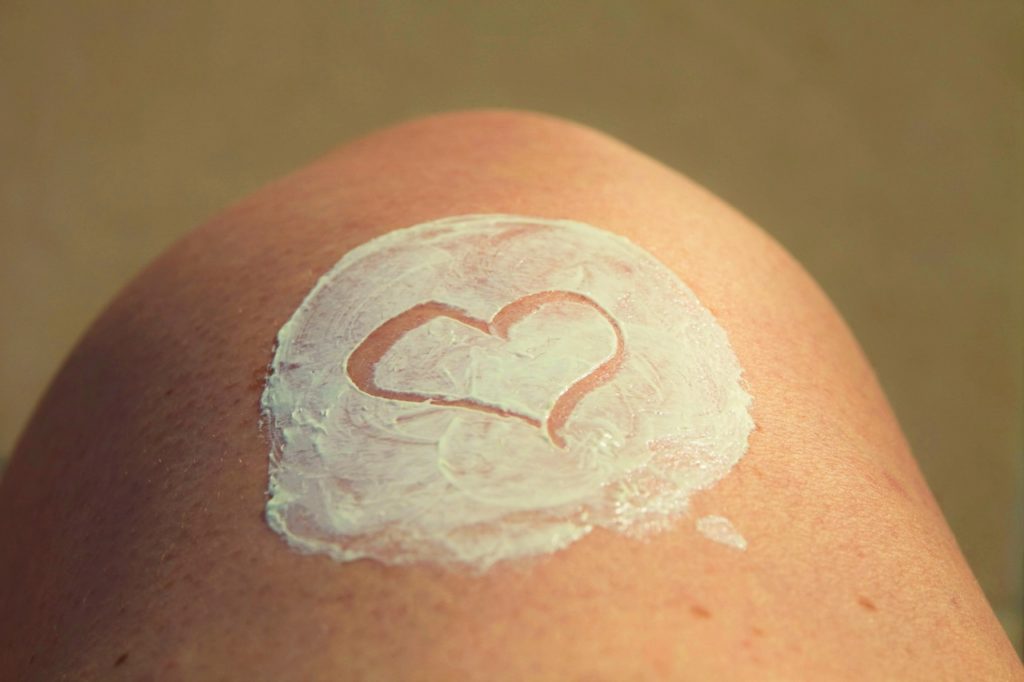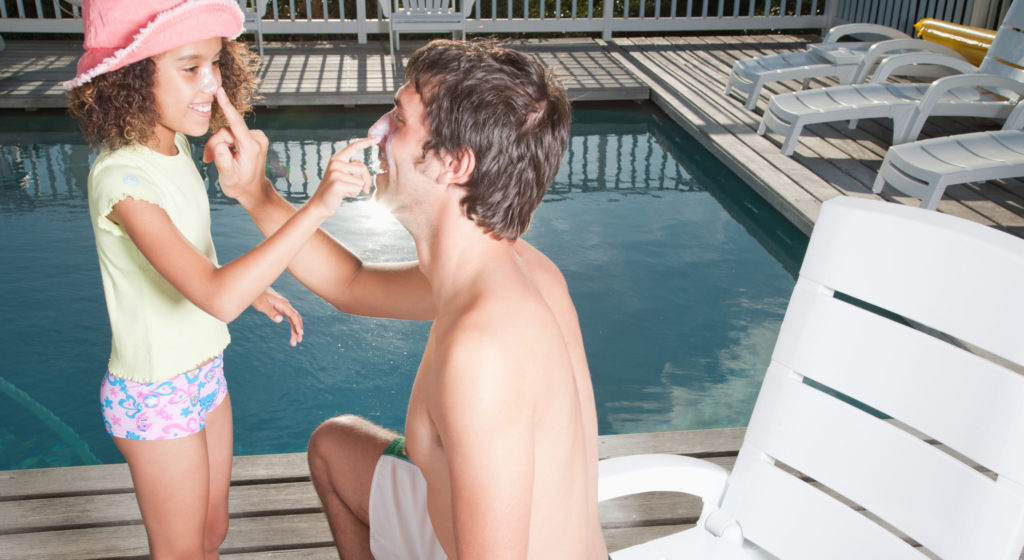Every hour, an American dies from melanoma – usually as a result of inadequate sun protection. To stay healthy, read on to learn the facts about this potentially deadly cancer.
What is melanoma?
Melanoma, also called malignant melanoma, accounts for about 4 percent of diagnosed skin cancers and is the most deadly form. It most often occurs when ultraviolet rays from the sun or tanning lamps and beds damage DNA in the skin, causing tumors to form in the cells that produce melanin, the pigment that colors the skin.
What are the effects of melanoma?
Unlike two other common forms of skin cancer – basal cell carcinoma and squamous cell carcinoma – untreated melanoma is likely to spread to lymph nodes and internal organs. Once it spreads, the prognosis is poor.
Can melanoma be cured?
Yes. With early detection and proper treatment, melanoma has a cure rate of about 95 percent. A biopsy is used to identify the melanoma and determine the cancer’s stage. All melanomas are surgically removed. In cases where a melanoma has spread to other parts of the body, doctors may also use chemotherapy, radiation therapy, biological therapy and gene therapy.
What are the risk factors?
Risk factors for the disease include:
- A family history of melanoma
- A personal history of many moles (more than 25)
- Large moles (larger than a pencil eraser)
- Atypical or unusual-looking moles
- Fair skin
- Light eye or hair color
- A suppressed immune system
- Excessive sun exposure as a child or adult
- Tanning salon usage
- Sun sensitivity
How can I prevent melanoma?
While you can’t undo past sun damage, change your complexion or erase a family history of melanoma, you can reduce your chances of developing melanoma by:
- Staying out of the sun between 10 a.m. and 4 p.m., when its rays are strongest
- Avoiding tanning beds
- Applying a broad-spectrum sunscreen and lip balm with a sun protection factor
(SPF) of 15 or higher and reapplying every two hours while outside, even on cloudy or hazy days
- Wearing protective clothing, including a hat and sunglasses, when outdoors
Even if you’ve been conscientious about using sunscreen in recent years, you can’t be complacent, since childhood sunburns can develop into melanoma years later.
Know your ABCs
Malignant moles can vary in appearance. Keep in mind your ABCDE’s when checking for moles:
- Asymmetrical shape – Look for moles with irregular shapes
- Border – Look for moles with uneven, ragged or blurred borders
- Color changes – Look for growths that have many colors (brown, black, tan and sometimes patches of red, blue or white) and an uneven distribution of color
- Diameter – Look for growths larger than ¼-inch (the size of a pencil eraser)
- Elevation – Look for moles raised from the skin
Also, pay attention to growths that ooze, itch, bleed, cause pain, get scaly or crusty, become hard or lumpy or spread their pigment into surrounding skin.
To find a doctor or schedule an appointment visit Steward DoctorFinder™ or call 1-800-488-5959.
To find a doctor or schedule an appointment, visit Steward DoctorFinder™.




